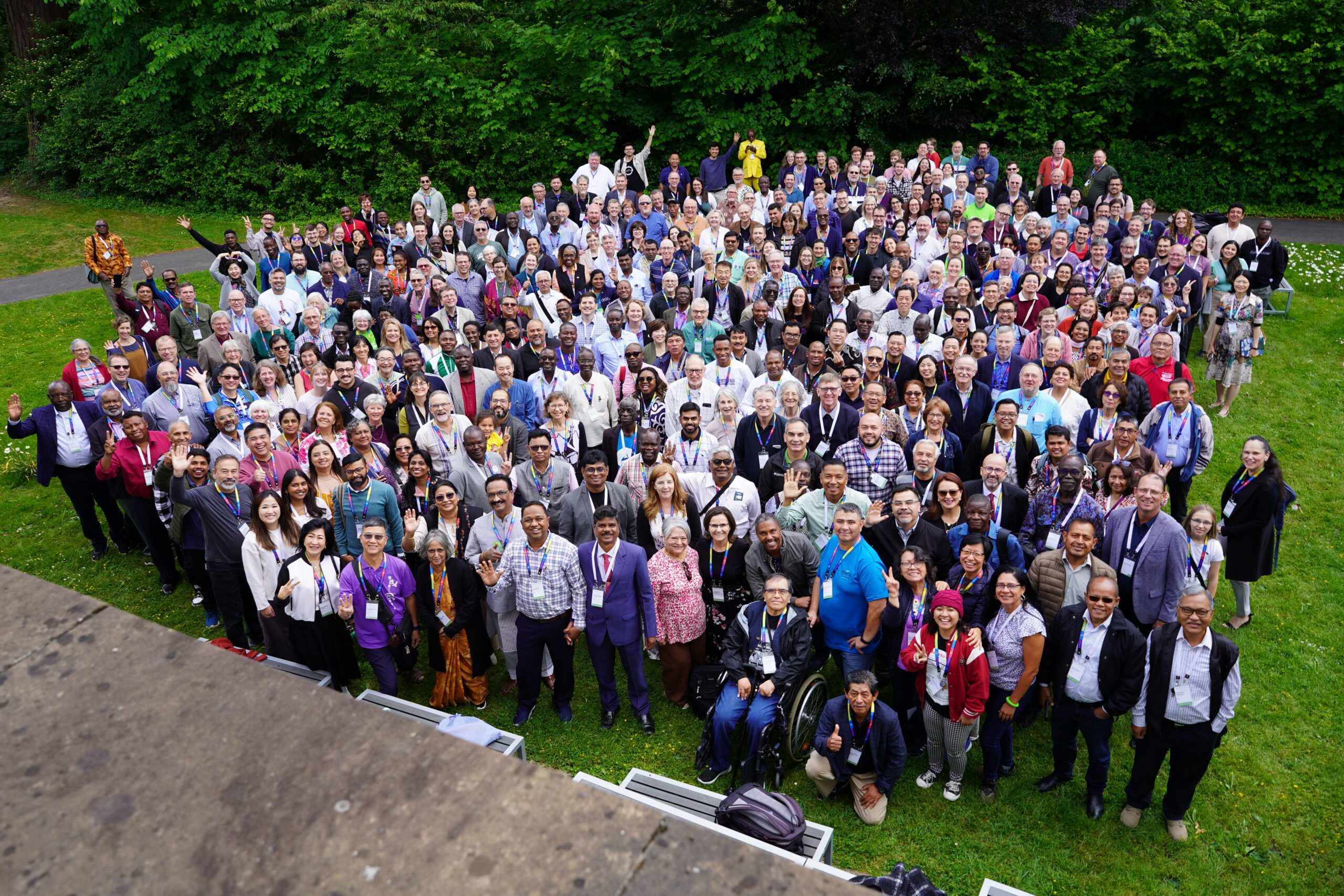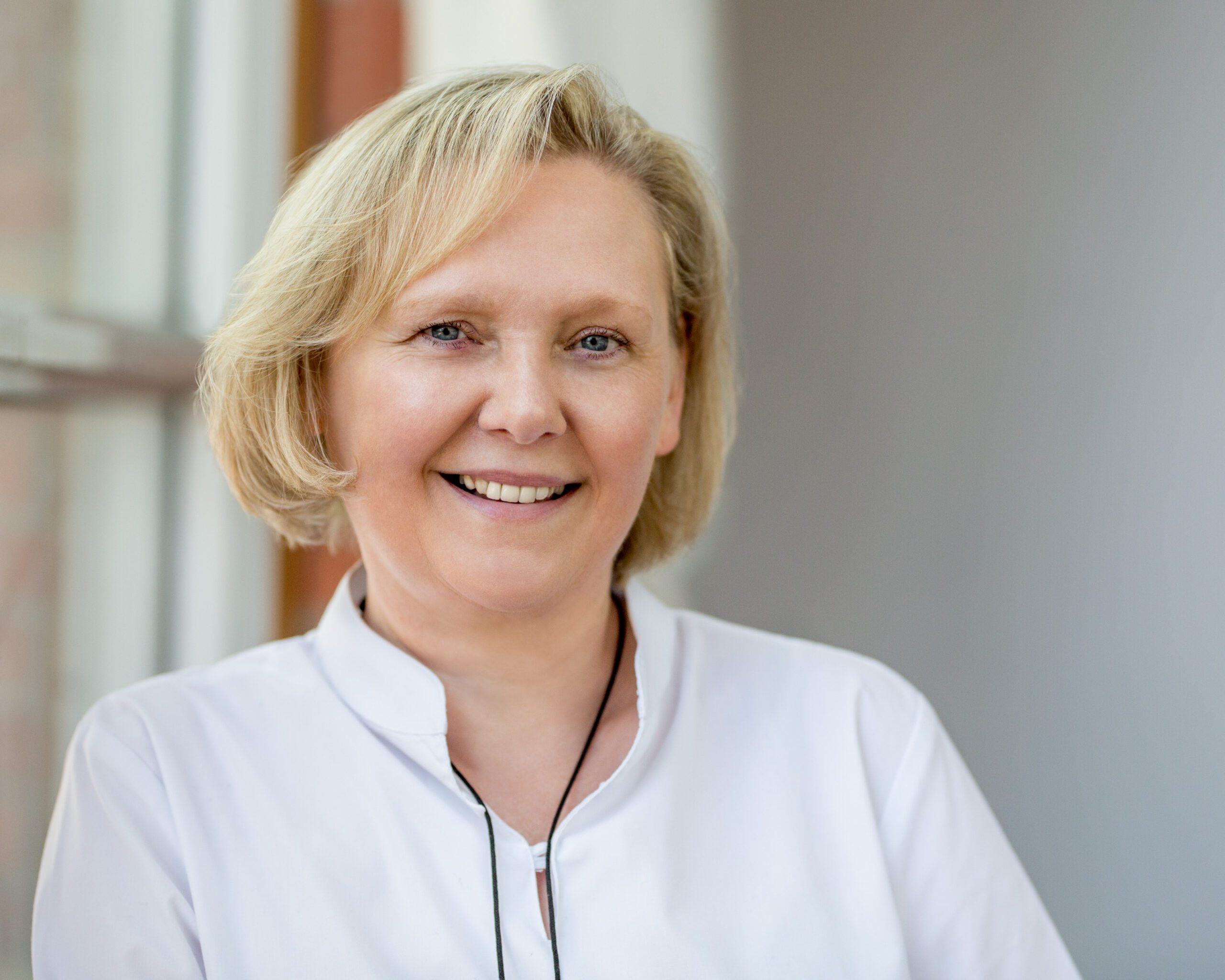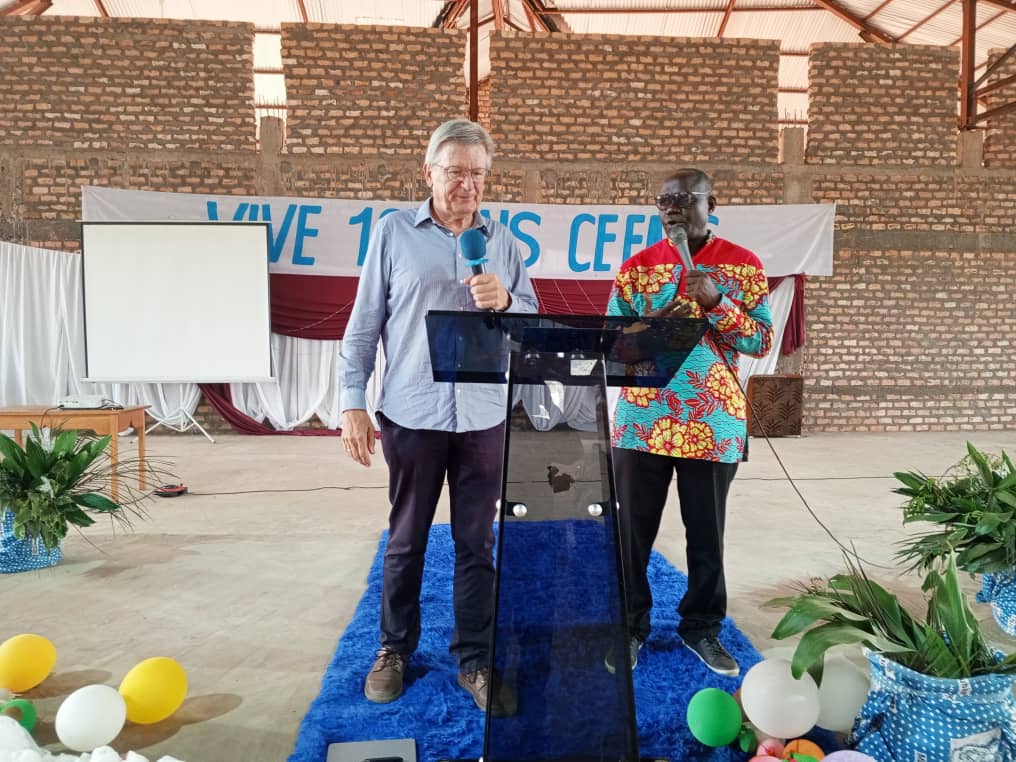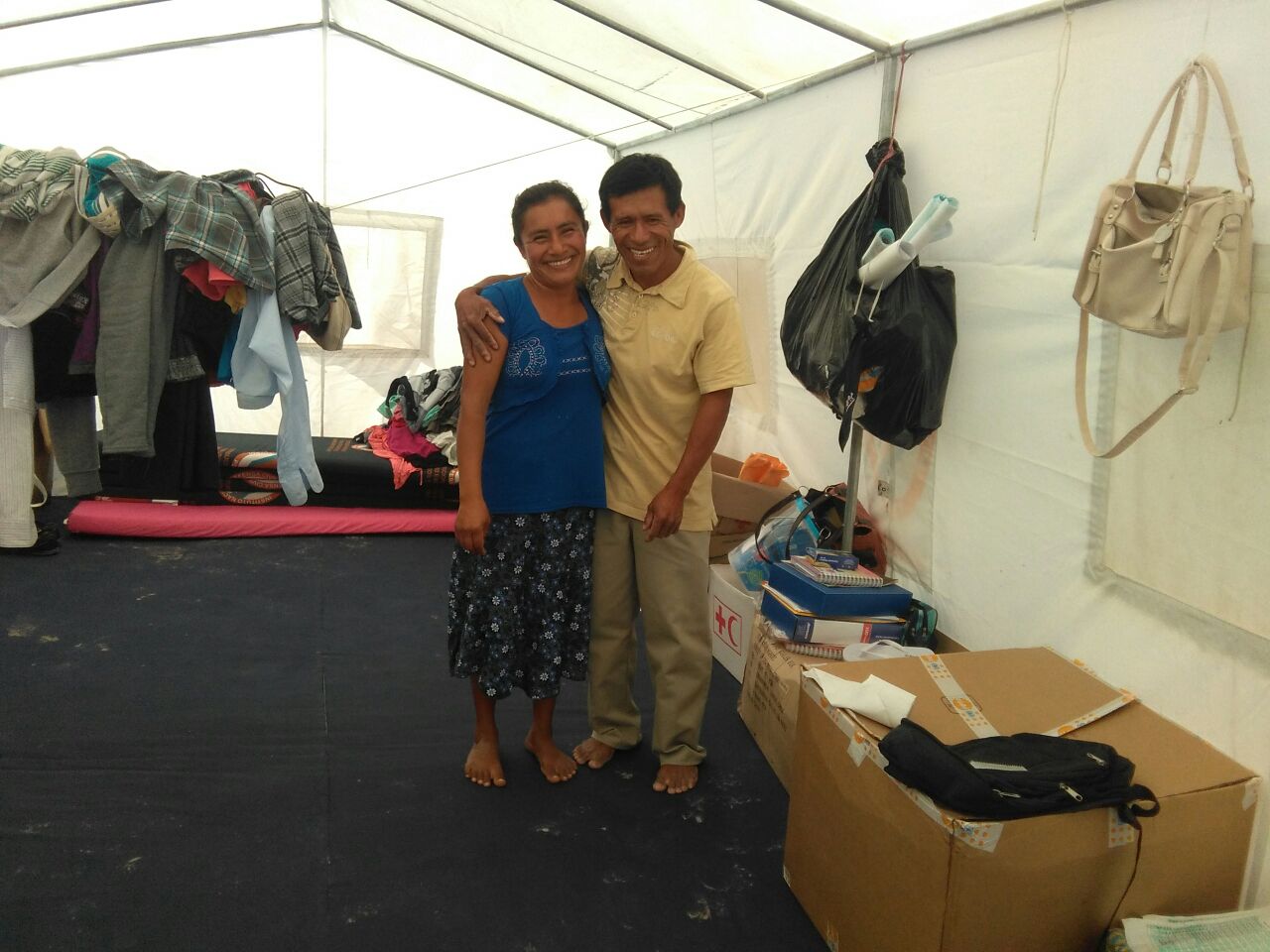-
From celebration to commemoration
Mennonite World Conference (MWC) concludes its triennial General Council (GC) meeting 26-28 May 2025 in Schwäbisch-Gmünd, Germany, with a clear framework for the future.
-
Holy Spirit works through Catholic synod
“It was necessary to take courage: it’s another world, another vocabulary, another way of thinking. How was I to bring my own questions and be respectfully present as a guest while being fully Mennonite?” Anne-Cathy Graber asked these questions as she received an invitation to attend the Vatican’s Sixteenth Ordinary General Assembly of the Synod…
-
Commemorating 500 years of Anabaptism
Anabaptist World Fellowship Sunday 2025 Part A: Origin of Anabaptism in 1525 Part B: Origin of Anabaptists/Mennonites in your own country Part C: WCRC and MWC Common Statement of Confession, Gratitude and Commitment Part D: A Responsive reading of gratefulness, based on Psalm 136 This content is provided to give context for Anabaptism@500 years –…
-
“The Courage to Love” activity
Anabaptist World Fellowship Sunday 2025 Luke 6:32 says if you love those who love you, what credit is that to you? Human beings have the tendency to love those who love them. It is easy to love those who love us or who are good to us. But Jesus teaches us to love those who…
-
Celebration ideas
Anabaptist World Fellowship Sunday 2025 Participate in person or join in online on 29 May 2025 On Saturday 29 May 2025, Mennonite World Conference (MWC) will welcome guests from around the world to The Courage to Love: Anabaptism@500. The day-long celebration commemorates the birth of the Anabaptist movement in Zurich, Switzerland. Following workshops, concerts, a…
-
We are one
Evangelism rallies, energetic music and dancing all day; witnessing, altar calls with a dozen respondents. Praying is loud, through tears or joy. You can feel the enthusiasm. I was heartily welcomed by the Mennonite Brethren church in DR Congo to celebrate their 100th anniversary in August 2024. The multiday event was held in a big…
-
MWC facilitates interdependent response to Peru flooding
Bogotá, Colombia – Maria Justa Ipanaque (34) never imagined that she would ride in a helicopter. The small-scale farmer who lives with her husband Ezequiel Ramos Sánchez (40) and five children in Chato Chico, Piura, Peru, became trapped in her house 7 March 2017 when a burst canal released El Niño floodwaters across the plain.…



